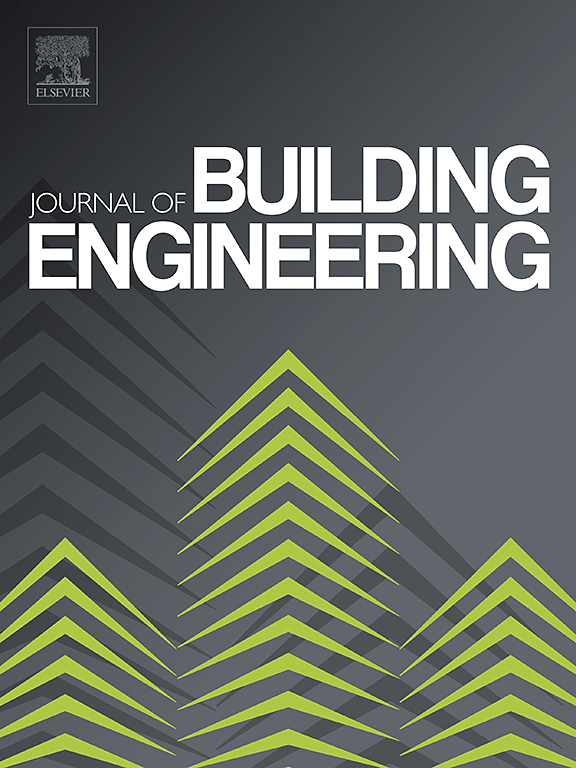A new method to improve the carbon mineralization efficiency of steel slag in aqueous condition: The effect of mechanical exfoliation
IF 6.7
2区 工程技术
Q1 CONSTRUCTION & BUILDING TECHNOLOGY
引用次数: 0
Abstract
The environmental challenge of global warming driven by carbon dioxide emissions is growing more severe. Alkaline industrial solid waste possesses tremendous carbon sequestration potential and is regarded as one of the most potential solutions for alleviating the greenhouse effect. Nevertheless, at present, the mainstream carbon mineralization approach internationally is the bubbling method (BC), whose inferior efficiency constrains its large-scale application. Currently, how to enhance the carbonation efficiency of solid waste is both a research hotspot and a difficulty. This paper adopted a novel aqueous carbon mineralization method by introducing mechanical exfoliation to achieve efficient carbon mineralization of steel slag (SS). The XRD results indicated that, at the same carbonation amount, the wet-grinding carbonation (GC) method results in a lower diffraction peak intensity of calcite. The PSD test results revealed that, compared with BC steel slag, GC steel slag had a smaller particle size distribution, with the median particle size ranging from 2.43 μm to 5.49 μm. According to the SEM and TGA test results, it can be discovered that due to the mechanical exfoliation effect promoting the efficient dissolution of Ca/Mg and destroying the passivation layer on the surface of SS, GC method can achieve a carbon dioxide absorption of 219.1 kg CO2 kg CO2eq/t within 90 min, with a rate of carbonation as high as 57.7 %, while BC method required approximately 24 h. The efficiency of the GC method is 16 times that of the BC method. Additionally, due to the smaller particle size and more active silica gel of the GC steel slag, it significantly promoted the early hydration of cement-based materials. When the content of GC steel slag was 30 %, the activity index at 28 days reached 108.5 %, and its compressive strength exceeded that of the reference mortar. This study offered new technical support and ideas for carbon emission reduction in the steel manufacturing industry and the low-carbon development of cement-based cementitious materials.
求助全文
约1分钟内获得全文
求助全文
来源期刊

Journal of building engineering
Engineering-Civil and Structural Engineering
CiteScore
10.00
自引率
12.50%
发文量
1901
审稿时长
35 days
期刊介绍:
The Journal of Building Engineering is an interdisciplinary journal that covers all aspects of science and technology concerned with the whole life cycle of the built environment; from the design phase through to construction, operation, performance, maintenance and its deterioration.
 求助内容:
求助内容: 应助结果提醒方式:
应助结果提醒方式:


